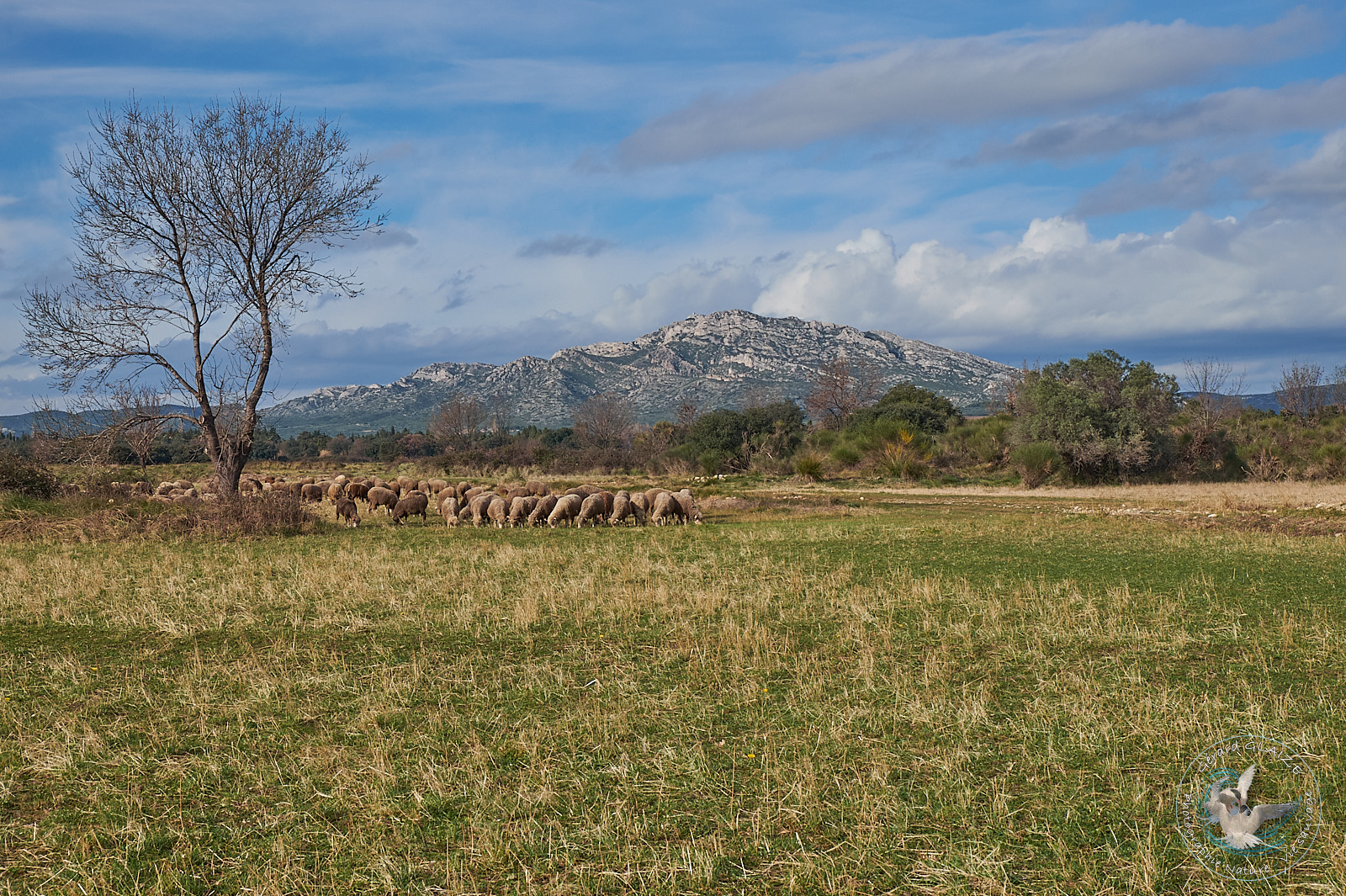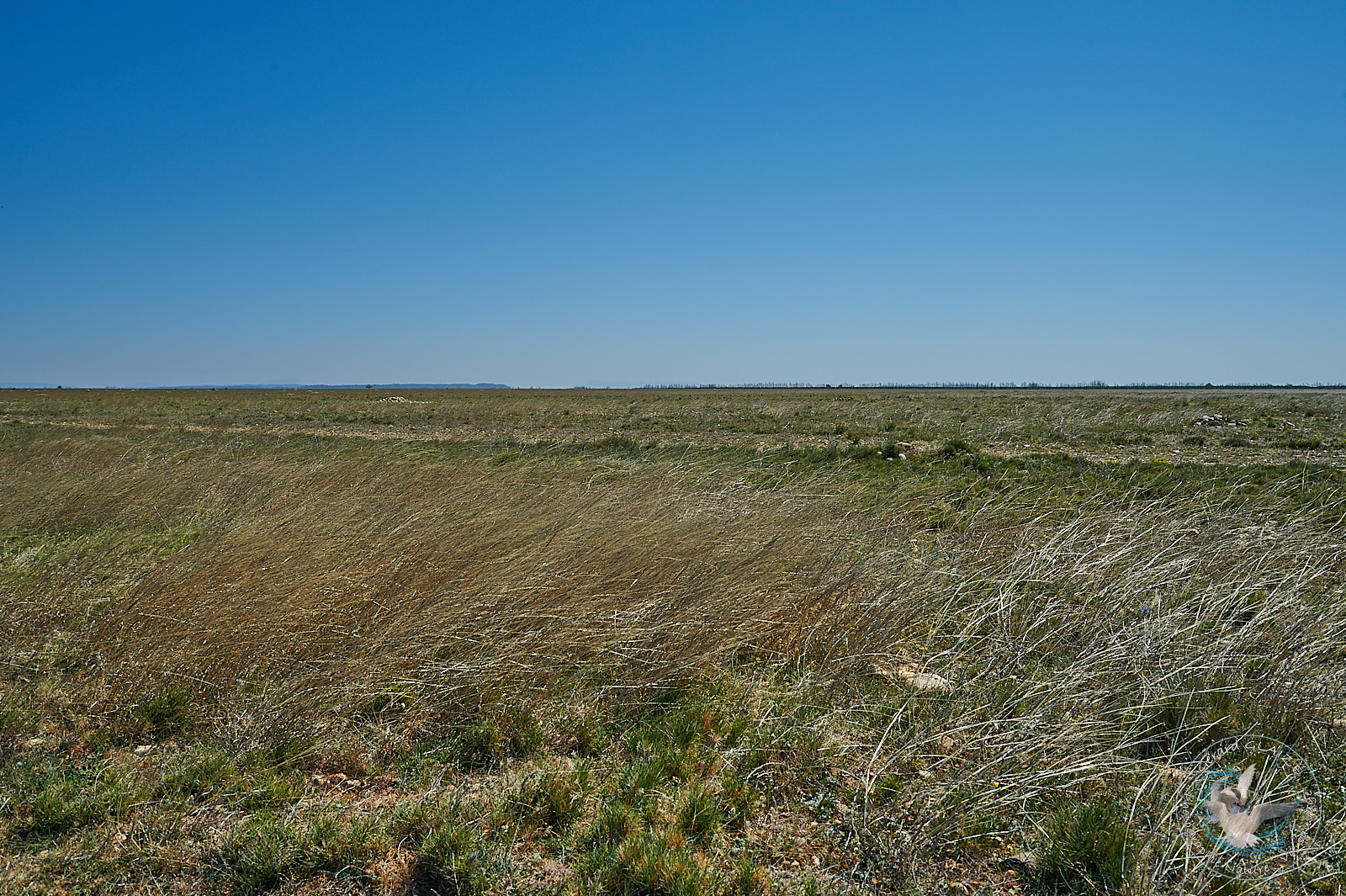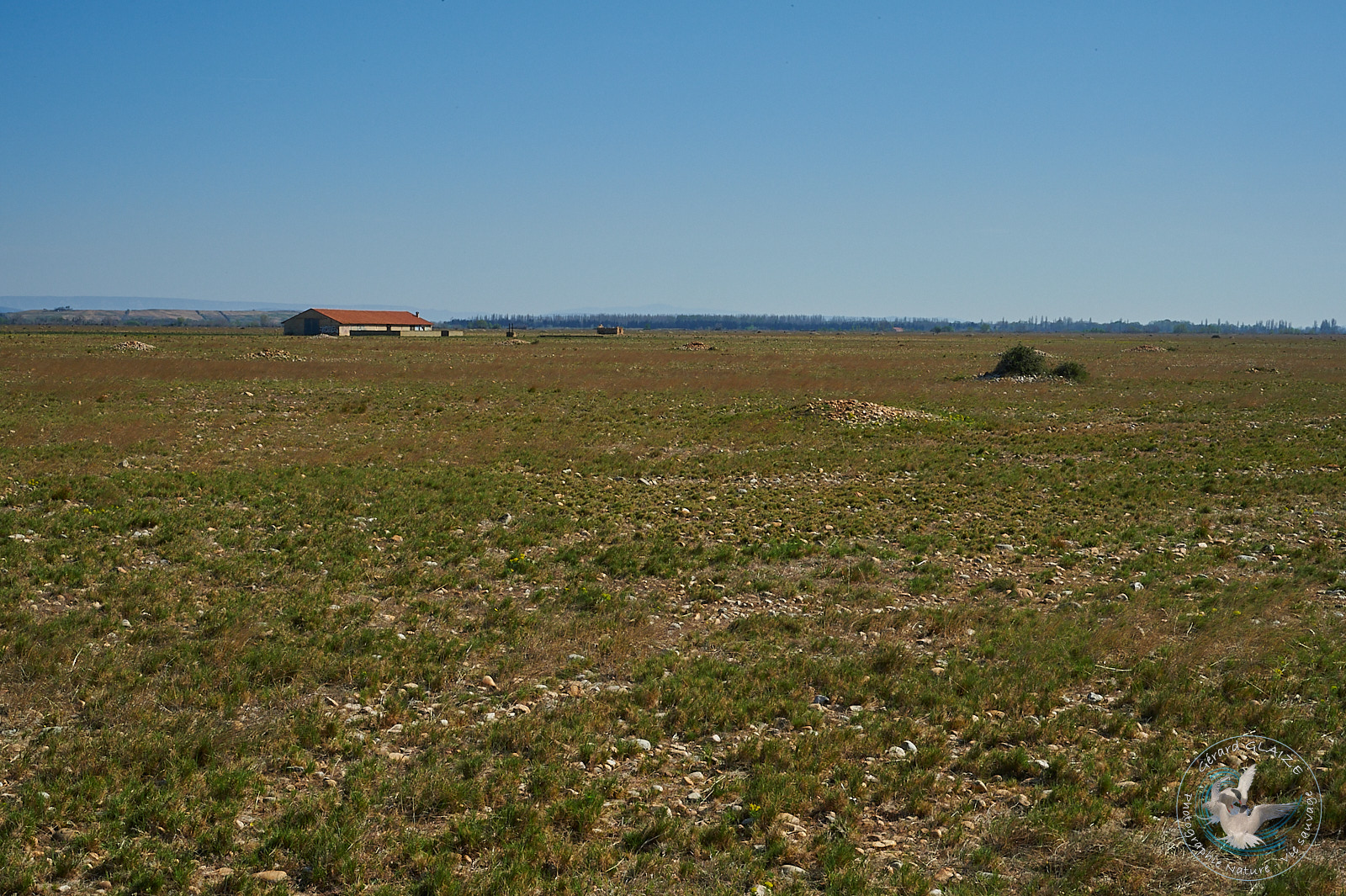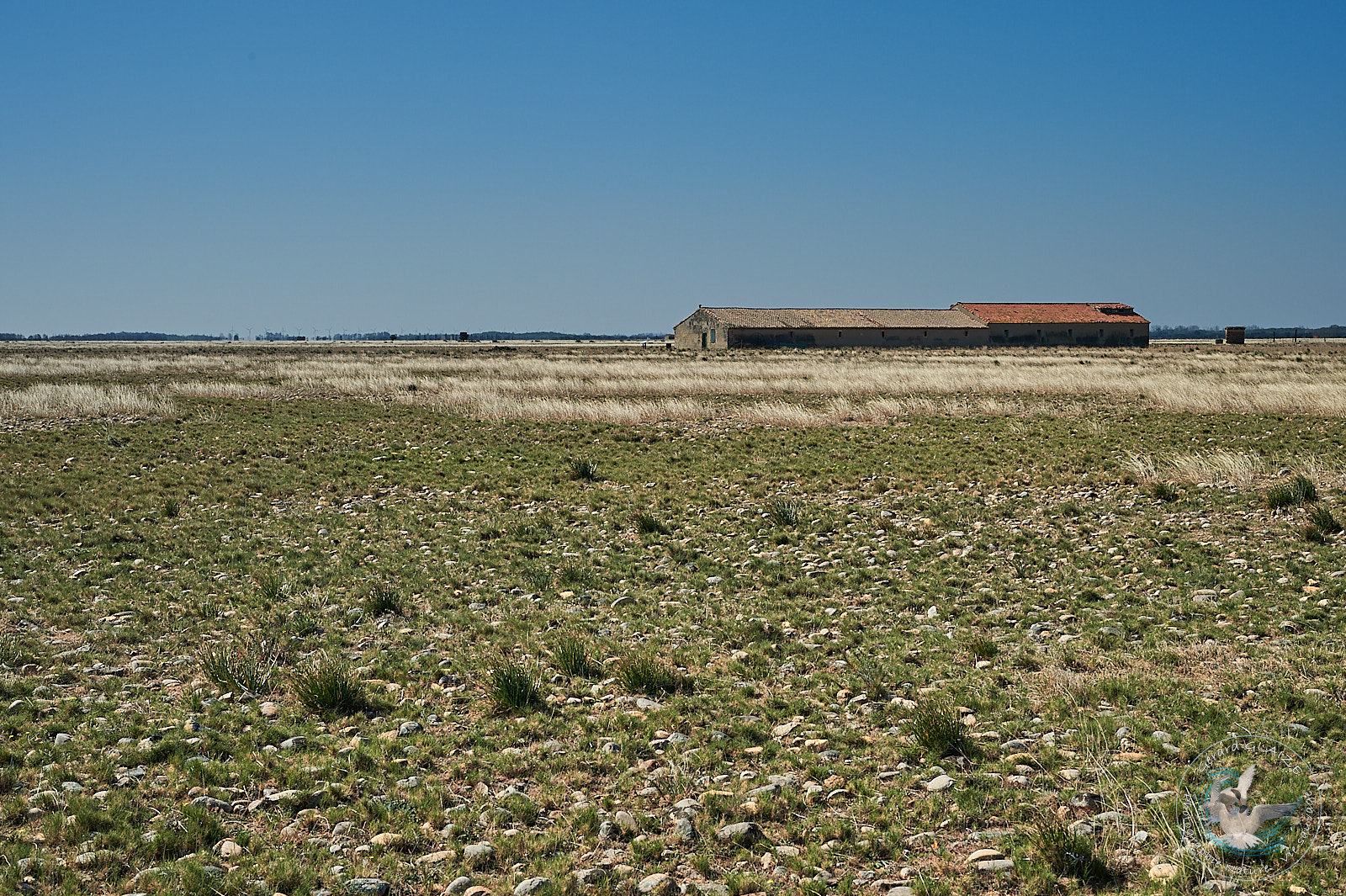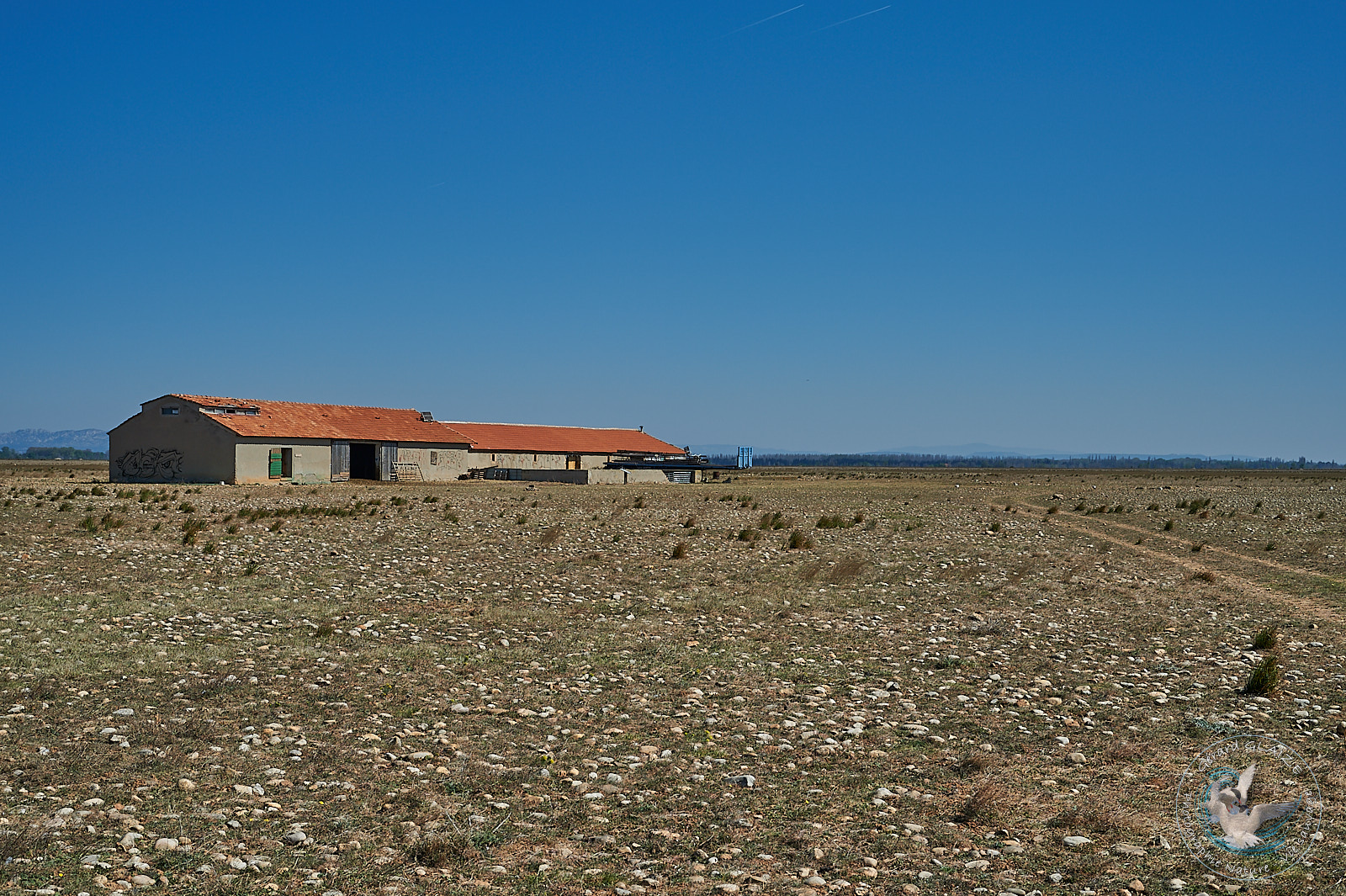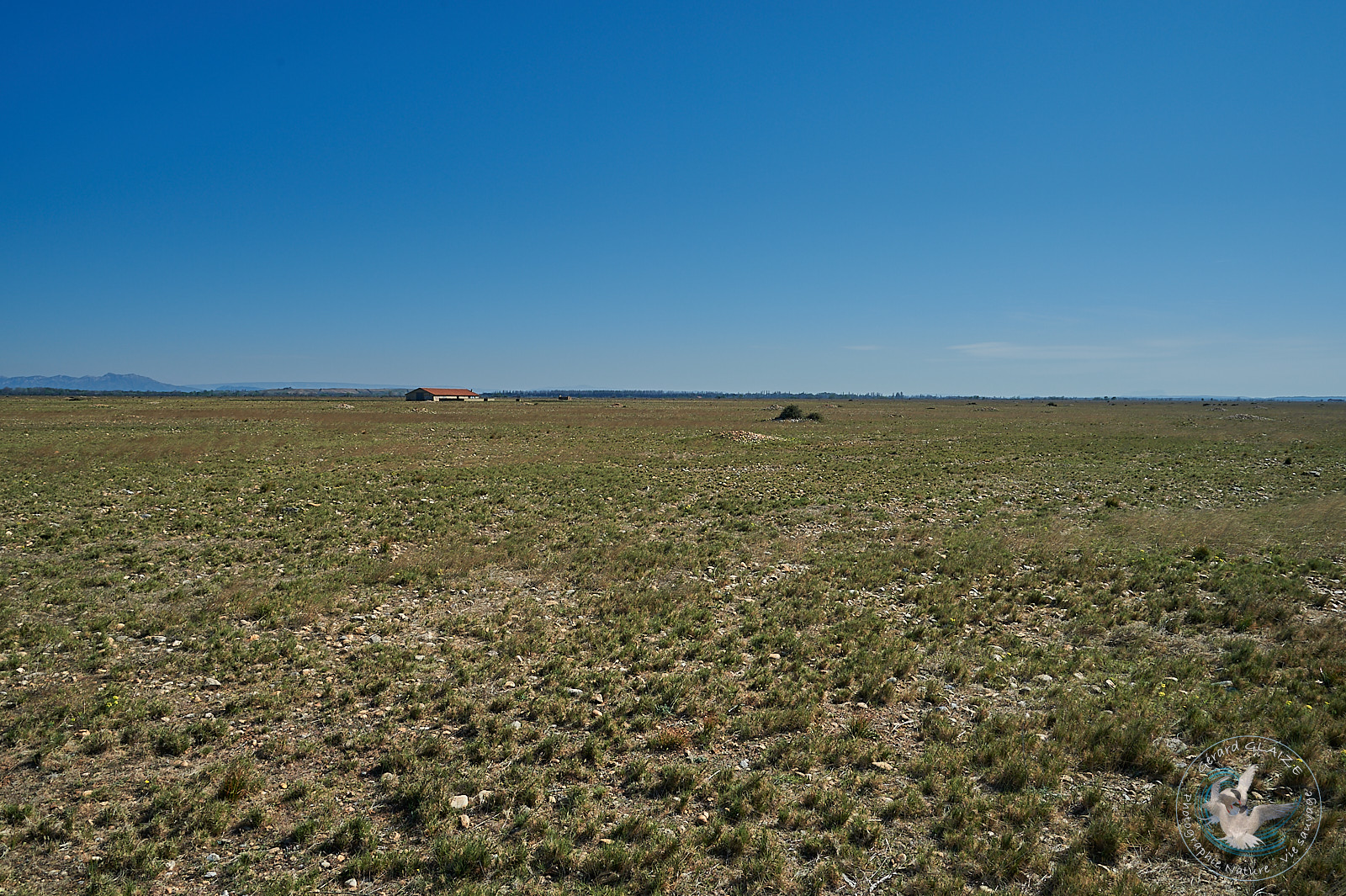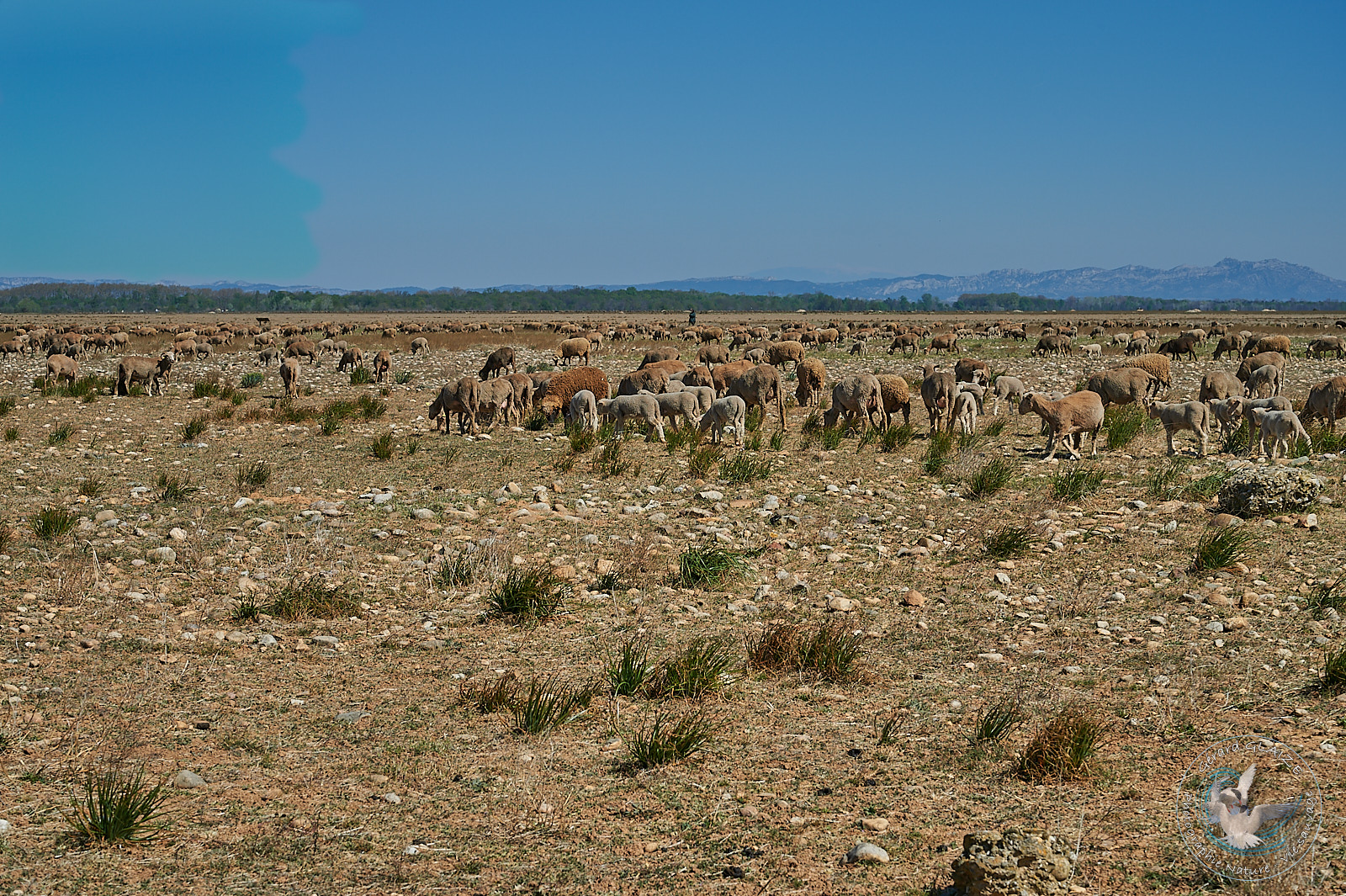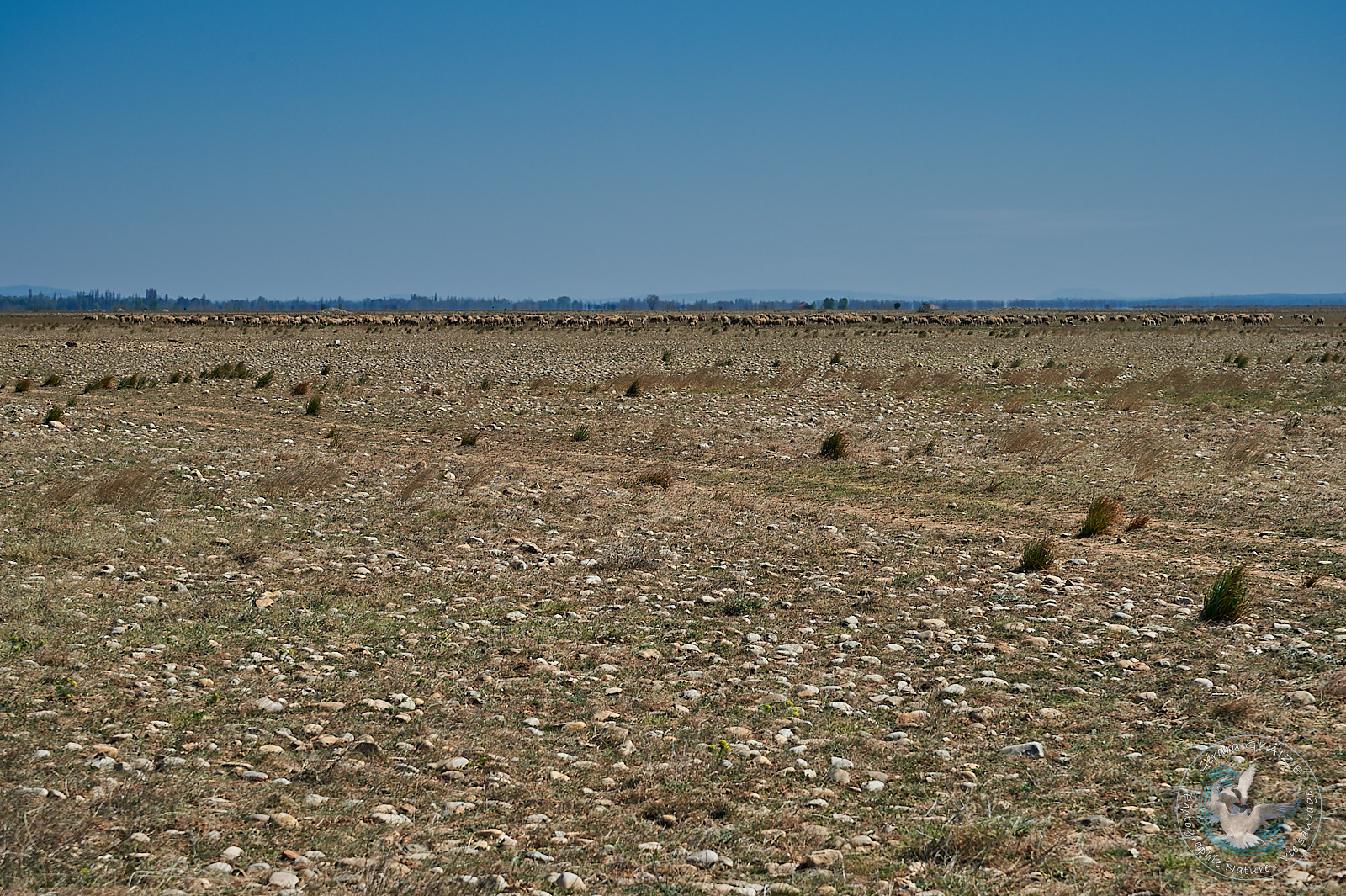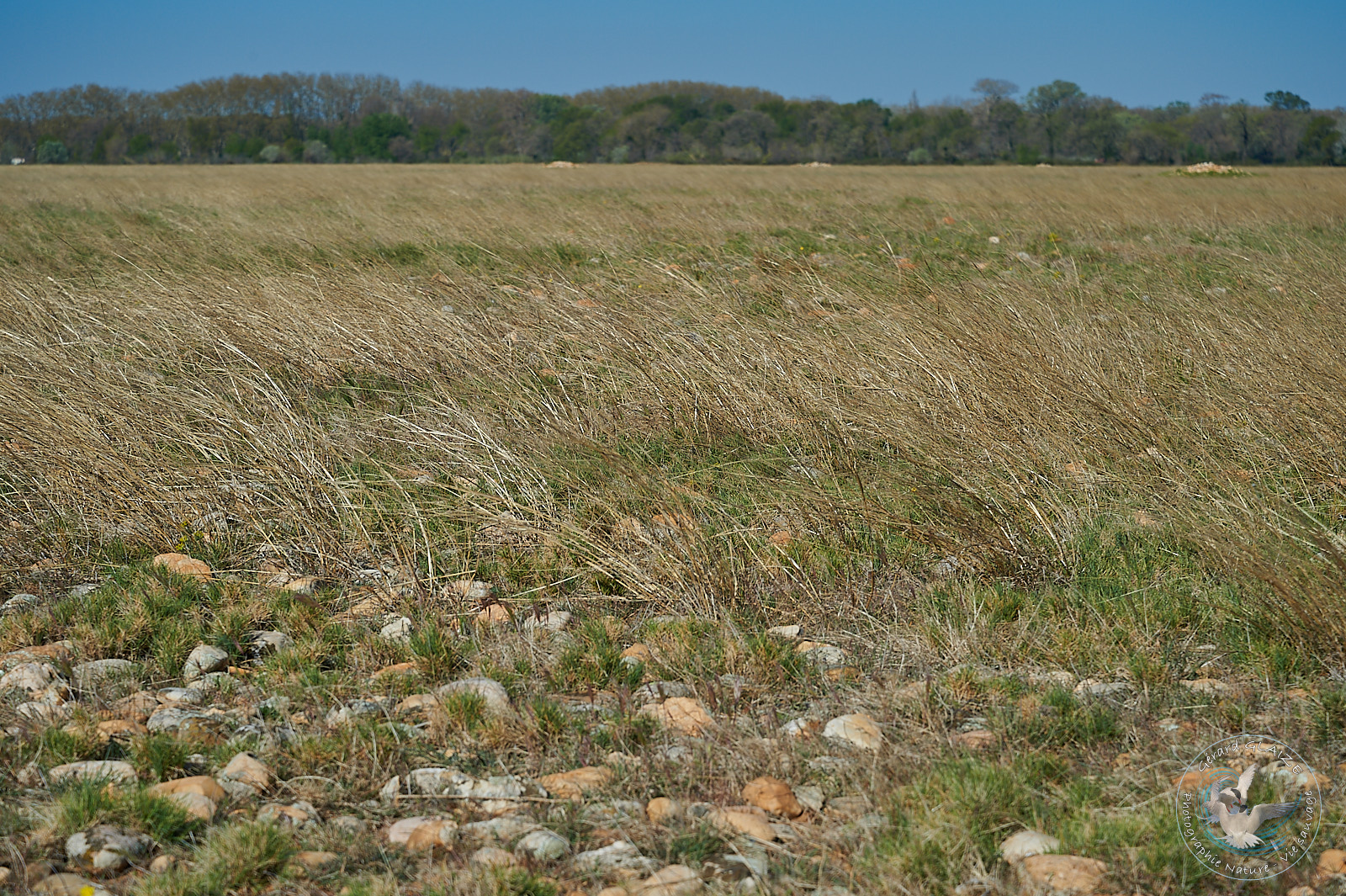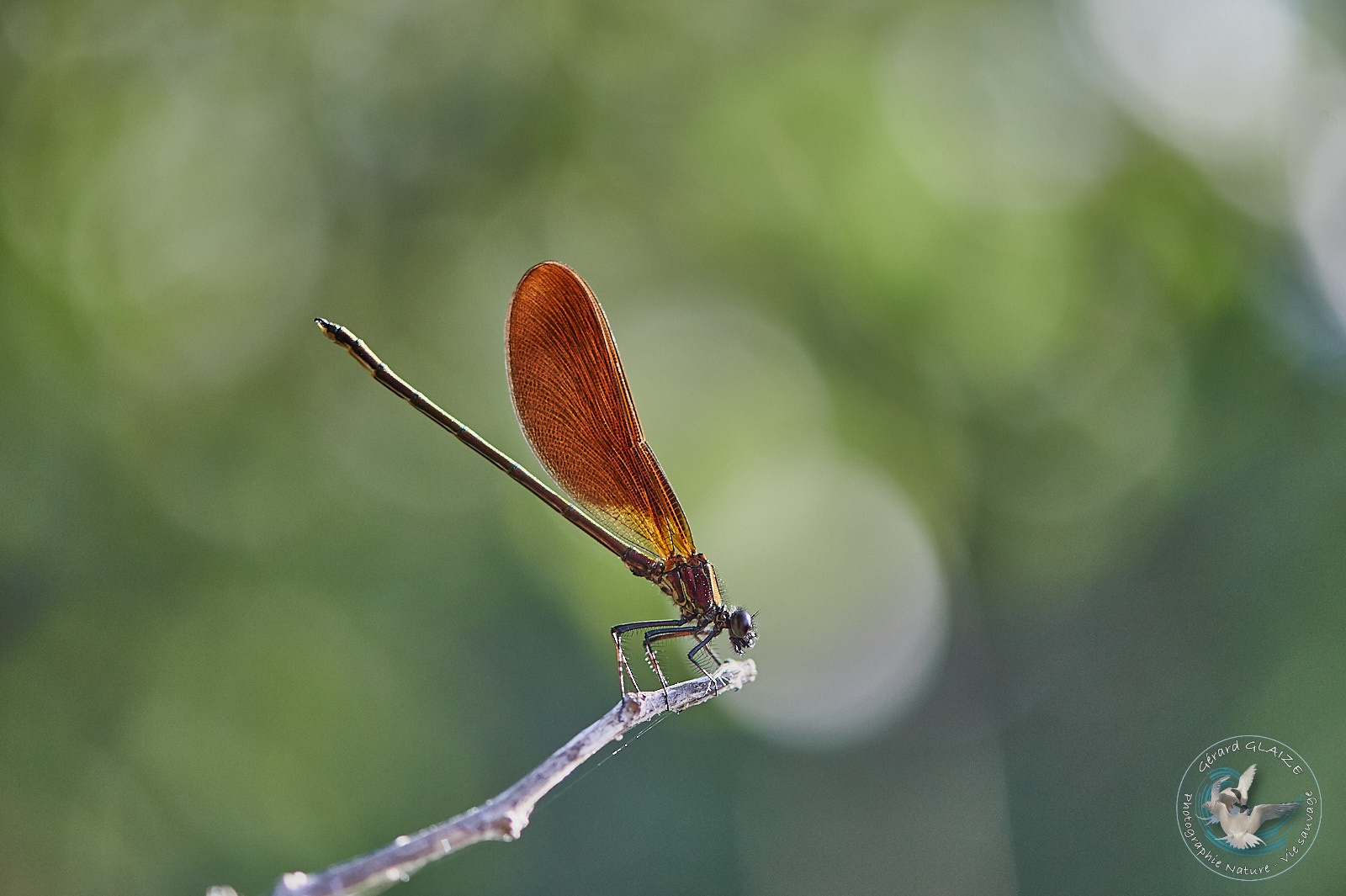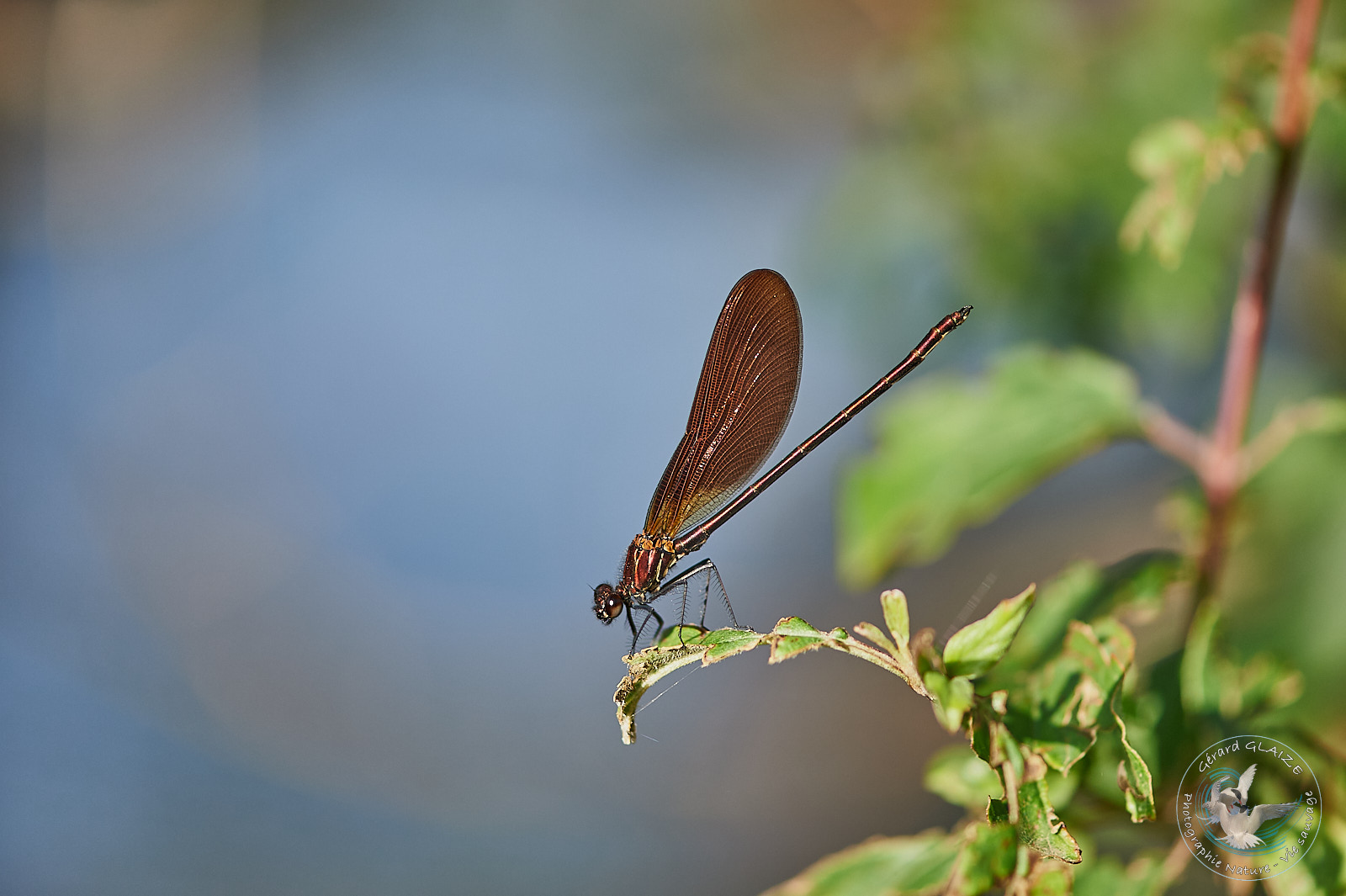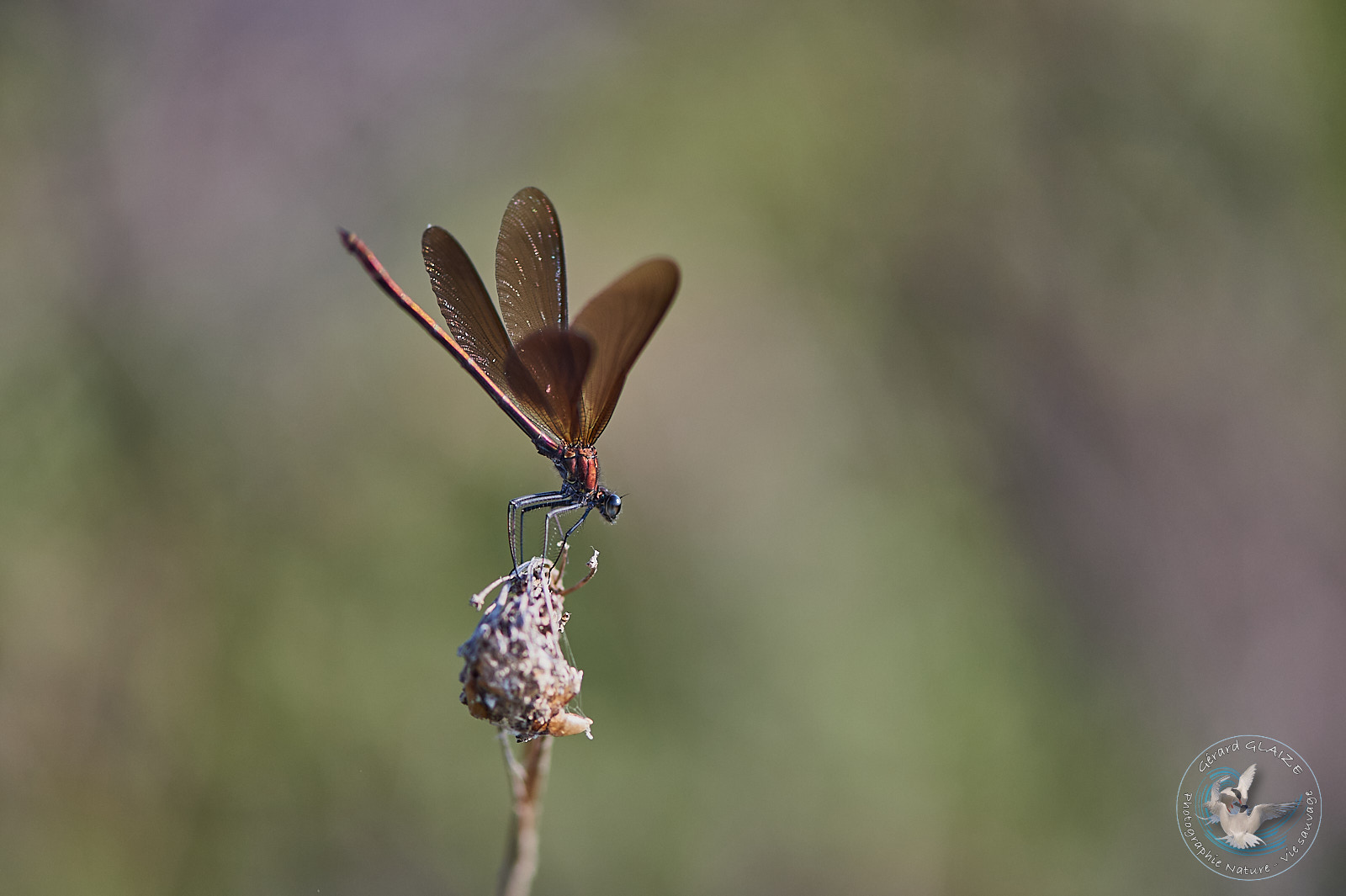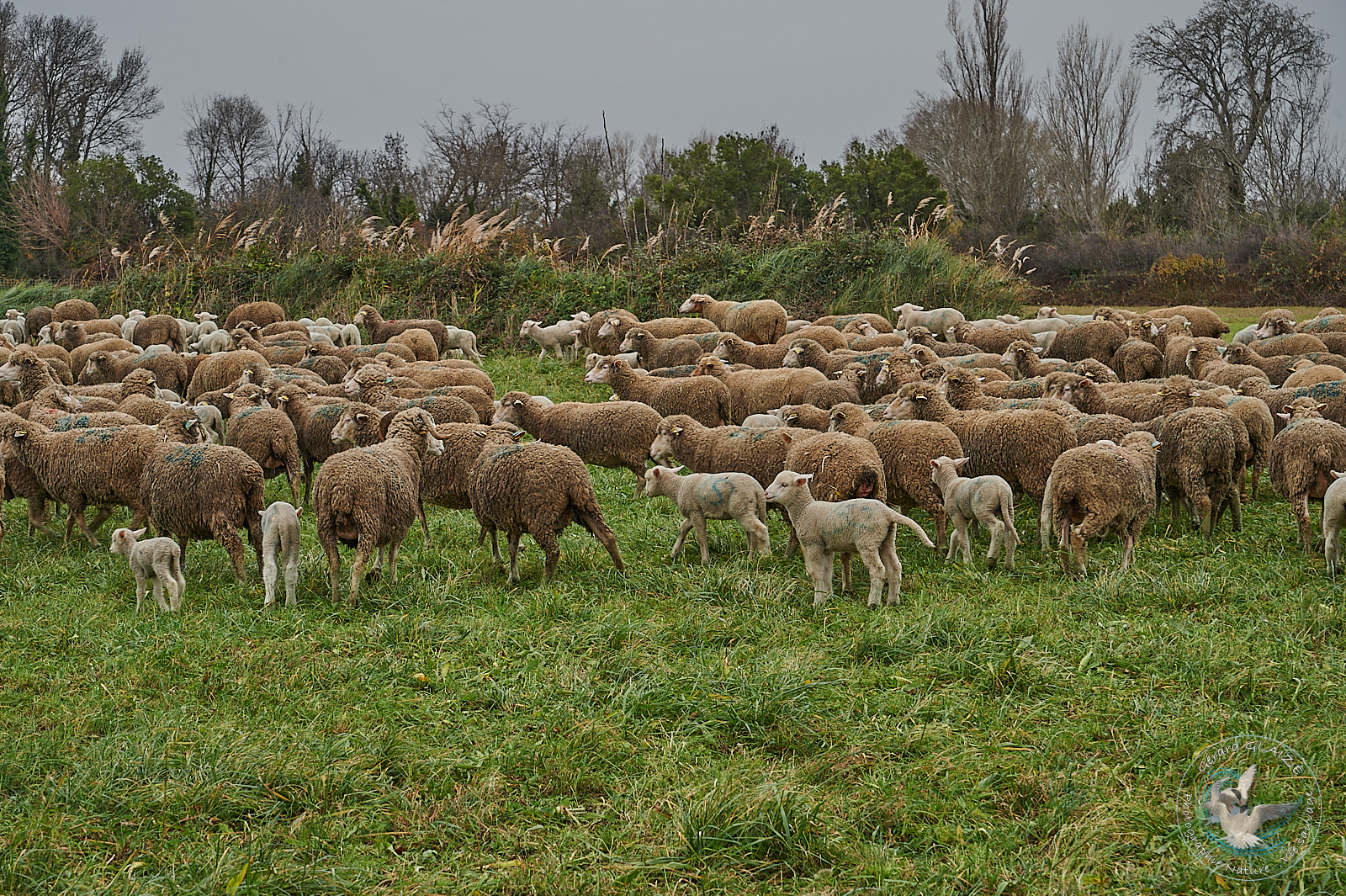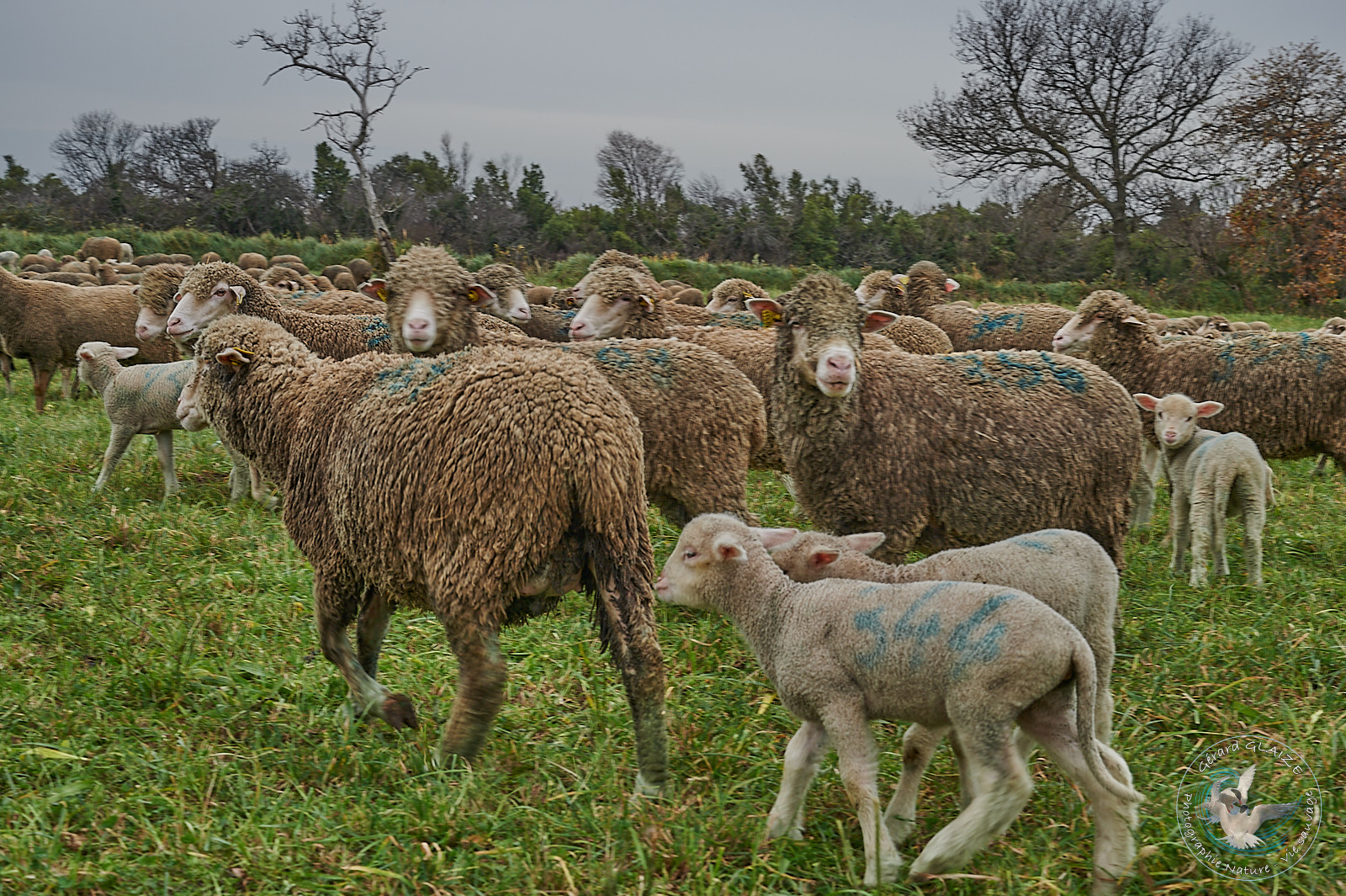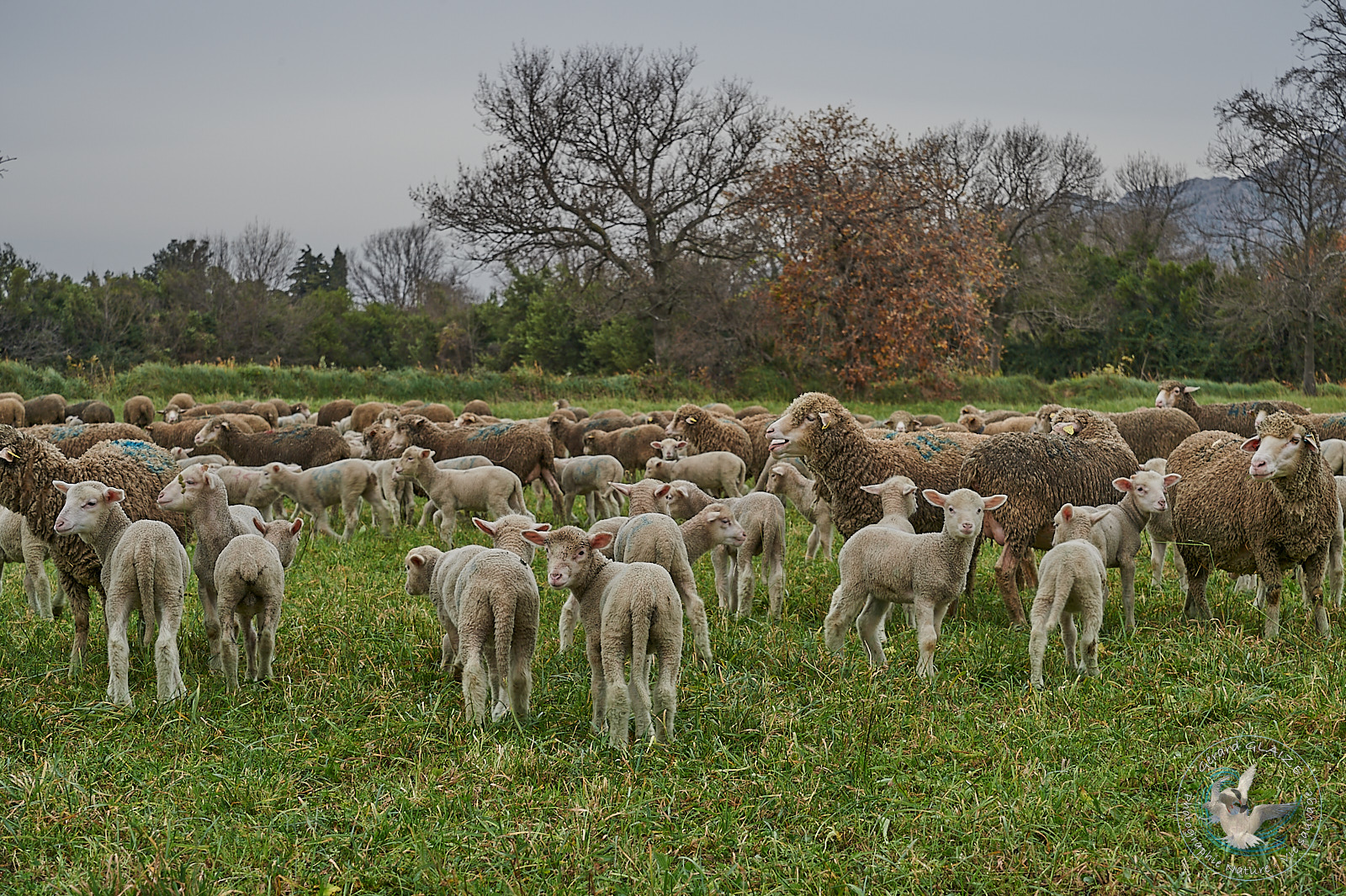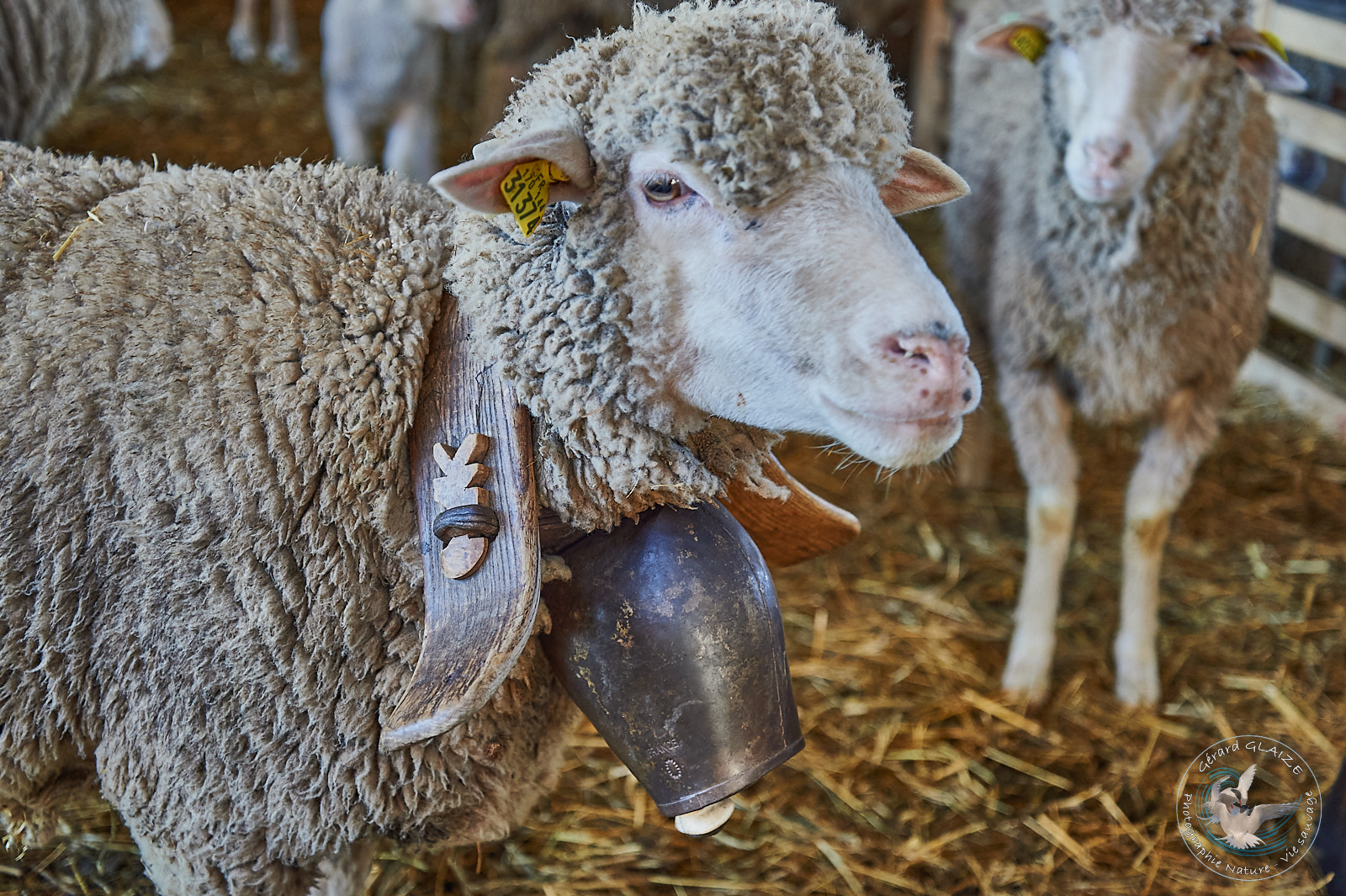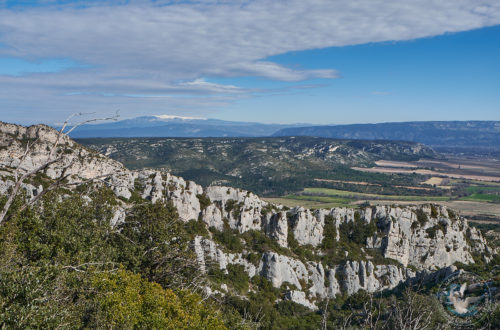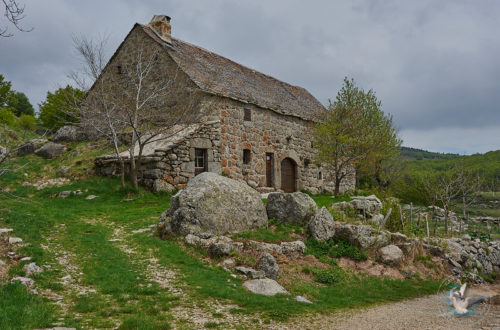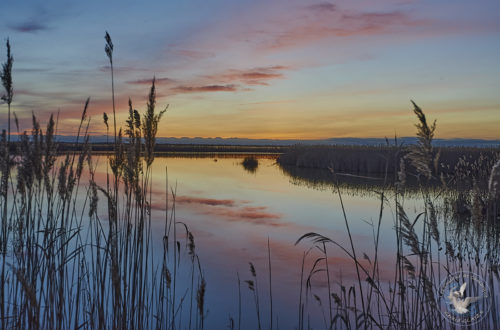Crau plain
Geographic location
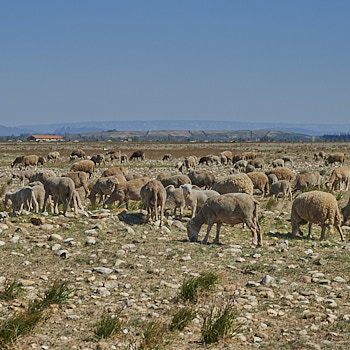
The Crau plain is located on the east bank of the Rhône, facing the Camargue, south of the Alpilles, and between the Etang de Berre and the Rhône delta.
It is renowned for its remarkable landscapes, contrasting with bocage areas of meadows and semi-arid pastures: “the Coussoul”. In addition, they are home to endemic fauna and flora. The Crau plain is also known for its agricultural production and its hay of exceptional quality. It covers an area of approximately 57,000 hectares.
See the Map of Crau plain on Google Map
Coussoul of the Crau
First of all, it is the fossil delta of the Durance, which for some five million years carried pebbles torn from the massifs of the Alps. Finally, 18,000 years ago, the bed of the Durance was diverted. Thus its delta dries up to give way to a semi-arid steppe: the “Coussoul”. An exceptional steppe, the Coussoul of the Crau traces 6000 years of interactions between Nature, Man and Sheep.
Since the 1990s, stakeholders from the environment and the agricultural world have joined forces to safeguard the Crau, its exceptional nature and the agricultural activities that support it. As a result, today, the Coussoul of the Crau benefit from a strong protection status: a Natural Reserve of more than 7,400 hectares. To protect and sustain this dual natural and pastoral heritage, farmers and environmental stakeholders have designed a joint project. Since September 2004, the Conservatory-Studies of Ecosystems of Provence and the Chamber of Agriculture of Bouches-du-Rhône have been co-managers of the Nature Reserve.
Craponne canal
The Craponne canal located in the department of Bouches-du-Rhône, connects the Durance to the Rhône. The original purpose of the canal was to bring water to Salon-de-Provence and the Crau plain. It was then extended to go as far as Arles.
An ambitious achievement dating from the Renaissance, the Craponne canal irrigates and fertilizes a large part of the Crau, this desert steppe left by the ancient Durance delta.
This is how in 1554, after long negotiations, Adam de Craponne, mathematician and hydraulic engineer, born in 1526, obtained, from the Parliament of Provence, authorization to capture water from the Durance to carry it to ‘at Salon.
The water from the canal thus feeds the fountains of Salon-de-Provence.It provides the water necessary for irrigating the arid soils of the Crau, before reaching the Etang de Berre following a very winding route. Water arrived in Salon in 1559. However, in the first years, the canal was used to operate mills supplying motive power to the workshops. It is gradually then used exclusively for irrigation. This permanent supply of water and alluvium has made the so-called “wet” Crau one of the best terroirs where hay of rare quality is grown today.
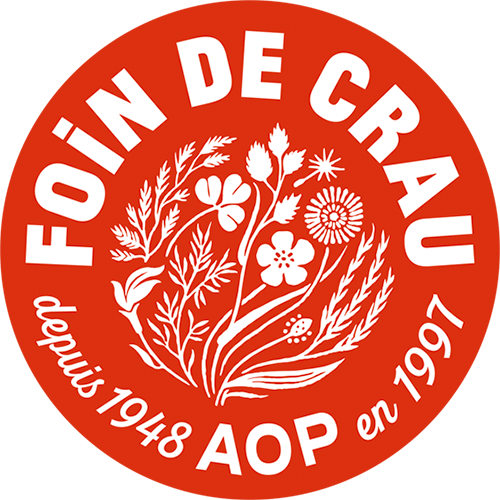
This Crau Hay is very famous. It obtained its AOC and AOP (Protected Designation of Origin) in 1997. It is the first animal food to obtain such a quality label.
Etang des Aulnes
The Aulnes pond is located in the town of Saint-Martin-de-Crau, in the Bouches-du-Rhône. It is also owned by the Bouches-du-Rhône Departmental Council. Unique in France and around the Mediterranean, the Aulnes pond is made up of an intertwining of natural habitats. As a result, the Aulnes pond offers a refuge to remarkable fauna and flora. Sublime and fragile, this area is rightly the subject of special protection.
Fauna and flora
Typical steppe birds have made the Coussoul famous. Among the species that we encounter, we can cite:
- Pin-tailed Sandgrouse which does not nest anywhere else in France.
- Lesser Kestrel.
- Little Bustard.
- Eurasian Stone-curlew, Tawny Pipit, Little Owl, European Roller, Greater Short-toed Lark, are also nesters found in the Coussouls.
- Red-footed Falcon, Red Kite and Eurasian Dotterel occurs during migration or wintering.
Some canals are home to some of the richest odonates (dragonflies, calopteryx) in Europe, with nearly 50 species.
Pastoralism in Provence
Numerous remains of Roman sheepfolds testify that sheep have roamed the Coussoul of the Crau since antiquity. So for millennia, herds have shaped this delta left by the Durance. They have thus created a unique environment in the world, sheltering exceptional and diverse fauna.
The 19th century saw the creation of the “Mérinos d’Arles” breed. The fineness of its wool has made the reputation of this breed. It is now raised for meat, following the collapse of wool prices. This steppe remains today the main land for transhumant sheep farming in Basse Provence. The coussoul is grazed mainly in spring before leaving for transhumance in the high altitude Alps. Shepherds frequent this plain where grass of incomparable quality has long grown.
[posts_like_dislike id=24208]



